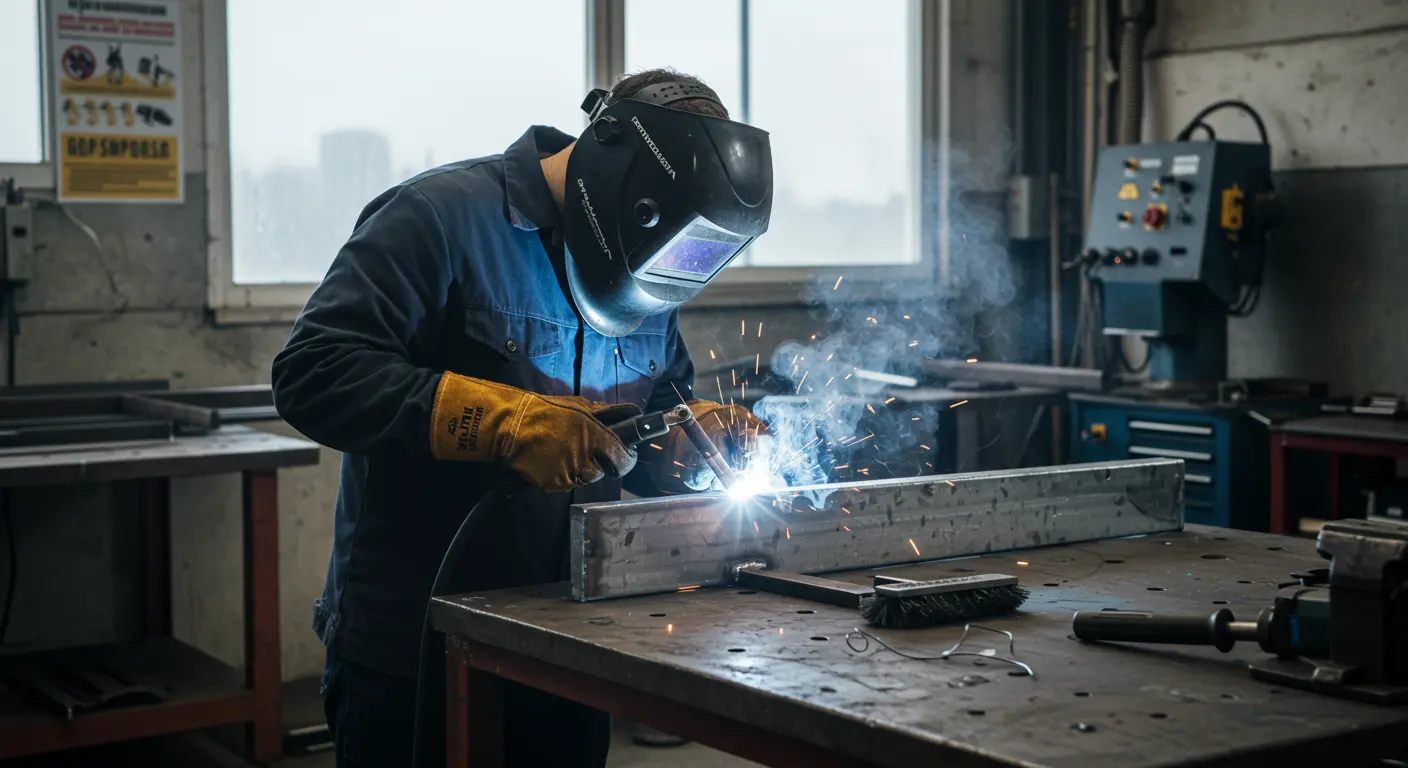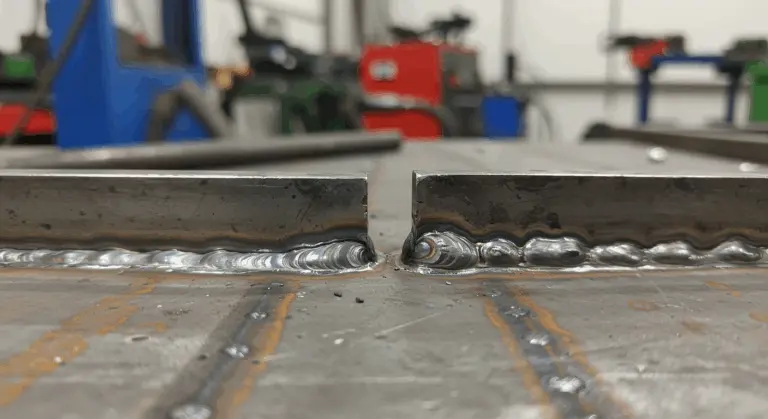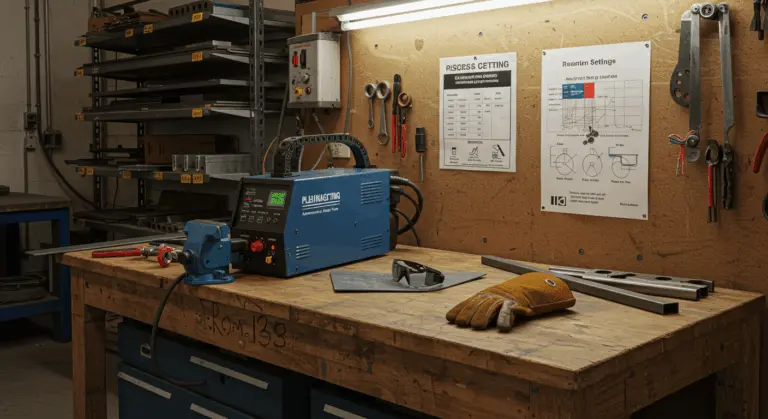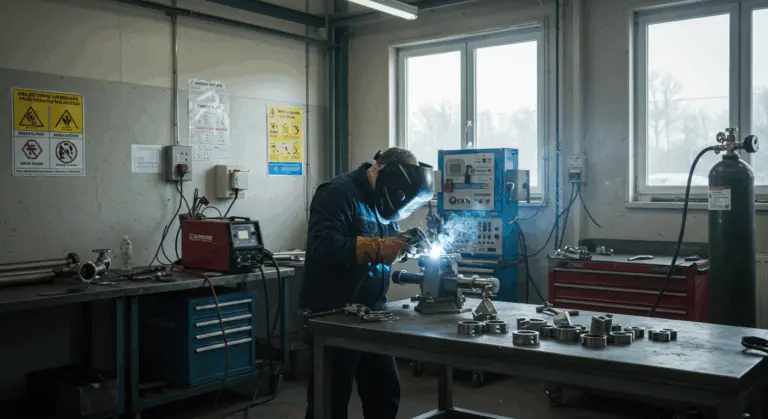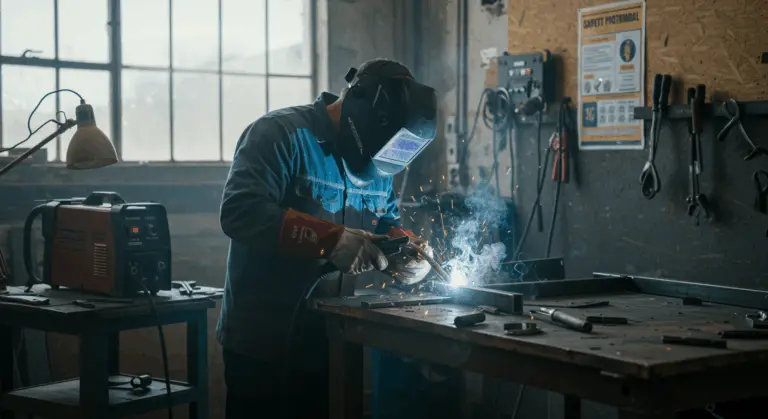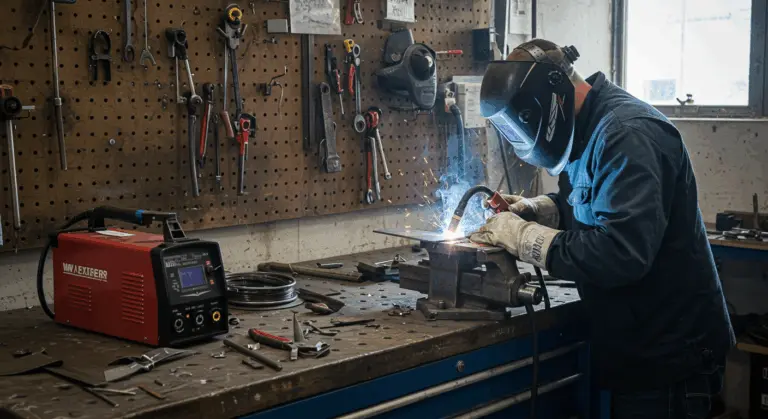Understanding Galvanized Steel and Its Coating
Galvanized steel is essentially regular steel enhanced with a protective zinc armor through galvanization. This protective shield is applied via two primary methods: hot-dip galvanization, where steel is immersed in molten zinc, or electro galvanization, which electrochemically bonds zinc to the steel’s surface.
The zinc coating acts as a sacrificial barrier, protecting the underlying steel from corrosion. This makes galvanized steel a highly reliable material in construction and manufacturing. Its widespread adoption stems from an impressive trio of qualities: exceptional durability, remarkable elasticity, and outstanding corrosion resistance.
You’ll encounter galvanized steel everywhere—from towering steel frame buildings to cutting-edge wind farms and solar installations. It’s the backbone of automotive manufacturing, construction projects, and telecommunications networks. Why such popularity? The reason is simple: its versatility and longevity provide excellent value across countless applications.
However, welding creates a significant challenge. The zinc coating melts at a mere 787°F (419°C), while steel requires a scorching 2,500°F (1,370°C). This large temperature difference causes multiple welding problems.
Can You Weld Galvanized Steel? Key Considerations
Absolutely—galvanized steel can be welded. However, success requires specialized techniques to manage the zinc coating’s behavior and the serious health hazards it creates when vaporized.
Multiple welding approaches work effectively with galvanized steel, though MIG and Stick methods dominate the field:
-
MIG (Metal Inert Gas) & Stick (SAW): Most frequently used for this application.
-
Oxyacetylene, Resistance, and Stir Welding: Also viable methods.
-
TIG (Tungsten Inert Gas): Generally not recommended unless the zinc coating is completely removed first, as zinc vapors can contaminate the tungsten electrode.
The American Welding Society’s AWS/ANSI Z49:1 publication provides the authoritative guide for welding safety and health practices with galvanized materials. These standards are essential protocols that emphasize proper ventilation systems and comprehensive personal protective equipment.
Before committing to welding galvanized steel, weigh the benefits against the inherent challenges and safety risks. Sometimes, alternative joining methods or switching to non-galvanized steel for welded components proves far more practical and cost-effective.
Welding Methods Suitable for Galvanized Steel
Arc welding is a versatile and reliable approach for galvanized steel projects. This method uses alternating currents to create an arc that melts flux and fuses metal components together.
Resistance welding excels with thinner galvanized steel—materials under 1/4 inch thick sporting lighter zinc coatings (less than 1 oz/ft²). However, as coating thickness increases, electrode wear accelerates exponentially, rendering this method impractical for heavily galvanized materials. Frequent electrode replacements become expensive.
SAW (Shielded Metal Arc Welding)—better known as stick welding—employs flux-covered electrodes but demands technique modifications for galvanized steel. The zinc coating typically reduces weld penetration depth, so adjust your approach: reduce the electrode angle and slow your welding speed for superior results.
MIG welding (GMA) is another excellent choice for galvanized steel, delivering precise control and remarkably clean welds. Increase your voltage setting slightly higher than you’d use for standard steel—this extra power helps manage the zinc coating effectively.
Smart fabricators often weld structures before galvanizing when feasible. This approach delivers superior corrosion protection without wrestling with zinc coating challenges. However, reality sometimes demands field welding or working with massive structures that can’t fit in galvanizing baths.
Removing Zinc Coating: Why and How
Removing the zinc coating before welding is often mandatory for three critical reasons:
Grinding is the most common method for zinc removal. Armed with 220-grit sandpaper or a grinding wheel, methodically strip the zinc layer from your intended weld zone. Safety is critical here: zinc dust poses serious inhalation risks.
For optimal results, extend your zinc removal beyond just the immediate weld area. Target any adjacent surfaces that welding heat might affect. A practical guideline: clear the coating at least 1-4 inches (2.5-10 cm) from your planned weld location.
Stud welding demands special attention to zinc removal. Both the stud’s end and the target surface must be completely zinc-free. This is important because Zinc-coated end faces can cause violent weld metal expulsion during welding—creating dangerous conditions and guaranteed weld failures.
Sometimes, complete zinc removal isn’t necessary. Specialized filler materials designed for galvanized steel can work directly on zinc-coated portions, maintaining some corrosion protection while ensuring successful welding. For critical structural welds, complete zinc removal in the weld area provides the best results.
Health Risks Associated with Welding Galvanized Steel
Welding galvanized steel’s primary health threat comes from zinc oxide fumes—toxic vapors released when the protective coating meets high welding temperatures.
Metal Fume Fever is the primary concern. Also known as “zinc fever” or “galvanize poisoning,” this condition strikes when zinc oxide fumes infiltrate your respiratory system. The Louisiana Department of Health identifies classic symptoms: fever, chills, persistent cough, headache, fatigue, and muscle aches.
Zinc fumes create immediate practical challenges too. The dense white smoke severely impairs visibility, making it nearly impossible to monitor your weld pool and maintain proper technique. Poor visibility inevitably leads to weld defects and compromised quality.
Zinc contamination affects the weld’s structural integrity. Joseph Ash Galvanizing warns that zinc infiltration weakens joints by triggering weld defects. These defects can cause failures, especially in load-bearing applications where failure isn’t just inconvenient—it’s catastrophic.
Older galvanized materials present additional hazards. They may harbor trace amounts of lead or other toxic metals that become airborne during welding, multiplying health risks. This concern intensifies when working with galvanized steel predating modern environmental regulations.
Safety Precautions for Welders
Proper safety measures are essential when welding galvanized steel against serious health risks. Proper ventilation stands as your first and most crucial defense.
Personal protective equipment (PPE) is your second line of defense and is required. Respiratory protection is crucial when welding galvanized steel. Your protection level should match exposure intensity and duration: N95 respirators for light work, powered air-purifying respirators (PAPER) for moderate exposure, or supplied air systems for confined spaces.
Beyond respiratory protection, comprehensive PPE should include:
-
A welding helmet with an appropriate shade rating (#11 or darker for most arc welding processes).
-
Impact-resistant safety glasses worn under the helmet.
-
Fire-resistant clothing, including leather gloves, an apron, and a jacket.
-
Head protection.
-
Leather boots to protect against sparks and hot metal splatter.
Smart safety practices include strategic positioning—keep your head out of the fume plume by working from the side of your weld. Take regular breaks in fresh air during extended welding sessions. Stay well-hydrated to help your body process and eliminate toxins efficiently.
Never attempt welding galvanized steel in confined spaces without proper ventilation and respiratory equipment. In enclosed environments, zinc oxide fumes can reach lethal concentrations rapidly.
Safety extends beyond the welder to everyone nearby. Protect bystanders from fumes, arc flash, and sparks using welding screens. Keep work areas restricted to essential personnel only—this isn’t the time for curious onlookers.
Post-Welding Considerations: Re-Galvanizing and Maintenance
Welding’s intense heat destroys the zinc coating in the weld area, leaving the joint exposed to corrosion. Maintaining the entire assembly’s corrosion resistance requires re-galvanizing the welded area.
Several methods are available for re-galvanizing welded joints:
-
Hot-Dip Galvanizing: Offers the most comprehensive protection by immersing the assembly in molten zinc. This is ideal but often impractical for large structures or field repairs.
-
Zinc-Rich Paints (Cold Galvanizing): These compounds can be brushed or sprayed on for field repairs. They are easy to apply and offer good protection, though they are less durable than hot-dipping.
-
Electro-Galvanization: Uses an electric current to deposit a zinc layer, suitable for less demanding applications.
-
Zinc Electroplating: Provides a thin but effective zinc layer, often used for smaller components.
Surface preparation is essential, regardless of your chosen re-galvanizing method. The weld area must be meticulously cleaned of all welding slag, spatter, and oxides before applying any zinc coating. Skip this step, and you’ll face poor adhesion and premature coating failure.
Re-galvanizing adds time and expense, true. Consider it a necessary investment in your structure’s long-term integrity and corrosion resistance—the alternative is premature failure and costly repairs.
Common Welding Defects in Galvanized Steel
Galvanized steel’s unique welding challenges spawn several predictable defects:
Understanding these potential pitfalls and implementing preventive measures helps welders create successful, high-quality joints.

